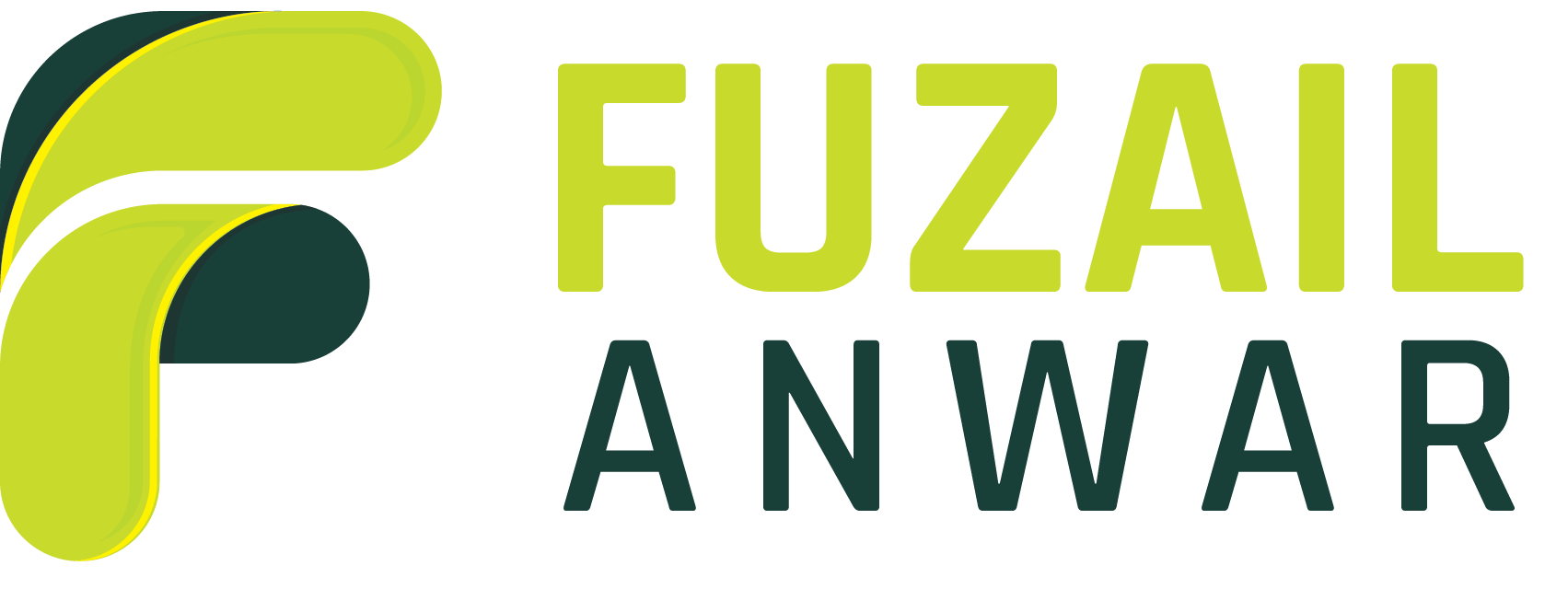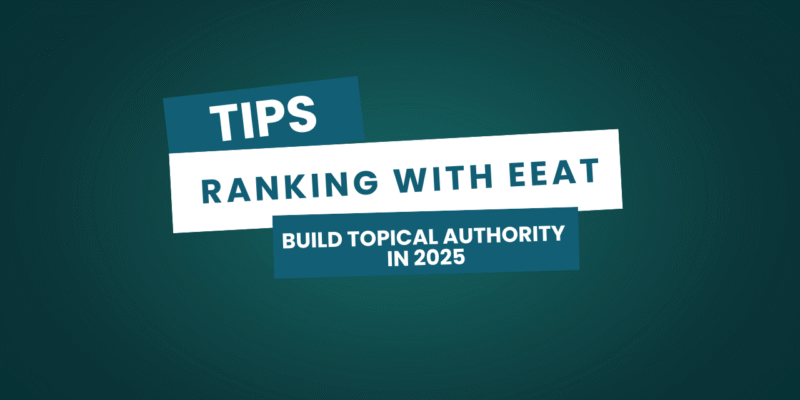In today’s SEO world, (EEAT) Experience, Expertise, Authoritativeness, Trustworthiness is your competitive edge. Think of it like Google’s secret handshake: it recognizes real world proof, genuine insights and credible voices. Here’s how I’ve leaned into EEAT to consistently cultivate topical authority and climb the rankings in 2025.

Experience: Show, Don’t Just Tell
What’s changed? Google now actively rewards first-hand experience. That means case studies, screenshots, real numbers, no fluff.
- Case studies: I walk readers through exact steps: how I chose target keywords, optimized on-page SEO and the timing of content updates. Whenever I mention a result like “page views doubled in 6 weeks” I attach a screenshot from Google Analytics to back it up.
- Behind the scenes glimpses: A quick photo or screen grab of my content planning dashboard shows I’m not just repeating advice I’m living it.
- Timestamps matter: When I describe a process say, a brief A/B test in January 2025 I call that out. Google’s algorithms pick up on recent, relevant hands on data
Expertise: Tell Google Who You Are
Credibility starts with a strong author profile. For Example, I include a byline:
By Fuzail Anwar, SEO consultant with 8 years of experience and multiple published case studies.
That’s followed by:
- A short bio with credentials, notable clients and a link to a fuller profile.
- A “Reviewed by” specially for deeper or YMYL topics, I’ve sometimes invited a peer to verify accuracy
- Whenever I quote statistics or techniques, I link to reputable sources (studies, reports, other experts), signaling that I know the industry narrative because I helped shape it.
Authoritativeness: Share the Social Proof
Expertise earns authority, but authority needs recognition.
- Backlinks: Instead of chasing arbitrary links, I focus on creating link worthy assets, like long-form “2025 Trends” guides, industry specific cheat sheets, or interactive mini tools. Other sites organically link to these because they offer something unique.
- Guest contributions: I’ve contributed expert insights on other respected blogs, particularly on niche topics (e.g. on-site schema, AI vs. EEAT), and those backlinks reinforce my subject-area authority.
- Social signals & mentions: When industry influencers quote or reshare my content, I screenshot it and add a “Featured on X” badge on my site. Google indexes those social and brand signals as indirect proof of relevance
Trustworthiness: Make Every Signal Count
This pillar underpins the rest; without it, your house of cards collapses.
- HTTPS + page speed: I run regular audits and ensure all pages pass Core Web Vitals. No excuses.
- Clear transparency: I always include:
- Full contact info, including a visible email or link to a contact form.
- A detailed “About” page explaining my background, mission, and values.
- Fact-checking & freshness: Every 3–6 months, I review older posts:
- Update stats, swap old tools for current ones.
- Add “Last updated: July 2025” along with a brief note like “Updated keyword research tools and new SERP landscape.”
- Fix broken links and notify readers where needed.
This satisfies Google’s “who, how, and why” test: who we are, how we did this, and why it matters, while staying helpful and transparent
Putting It All Together: The EEAT Cycle
- Plan a cornerstone piece, for example, “How to rank voice search in 2025.”
- Execute:
- Do the work.
- Document every step.
- Collect screenshots, quotes, or data.
- Publish:
- With a clear byline, author bio, and review notes.
- Include internal media, links to sources, and transparency disclosures.
- Promote:
- Reach out to peers and news outlets who’ve covered similar topics.
- Guest post or contribute insights.
- Maintain:
- Perform EEAT audits every 3 – 6 months.
- Refresh content, update authorship or review notes, fix errors.
- Log changes with a “Last updated” line both audiences and Google love that.
Written by Fuzail Anwar
SEO Expert | Helping businesses worldwide
If you need help Lets Connect




